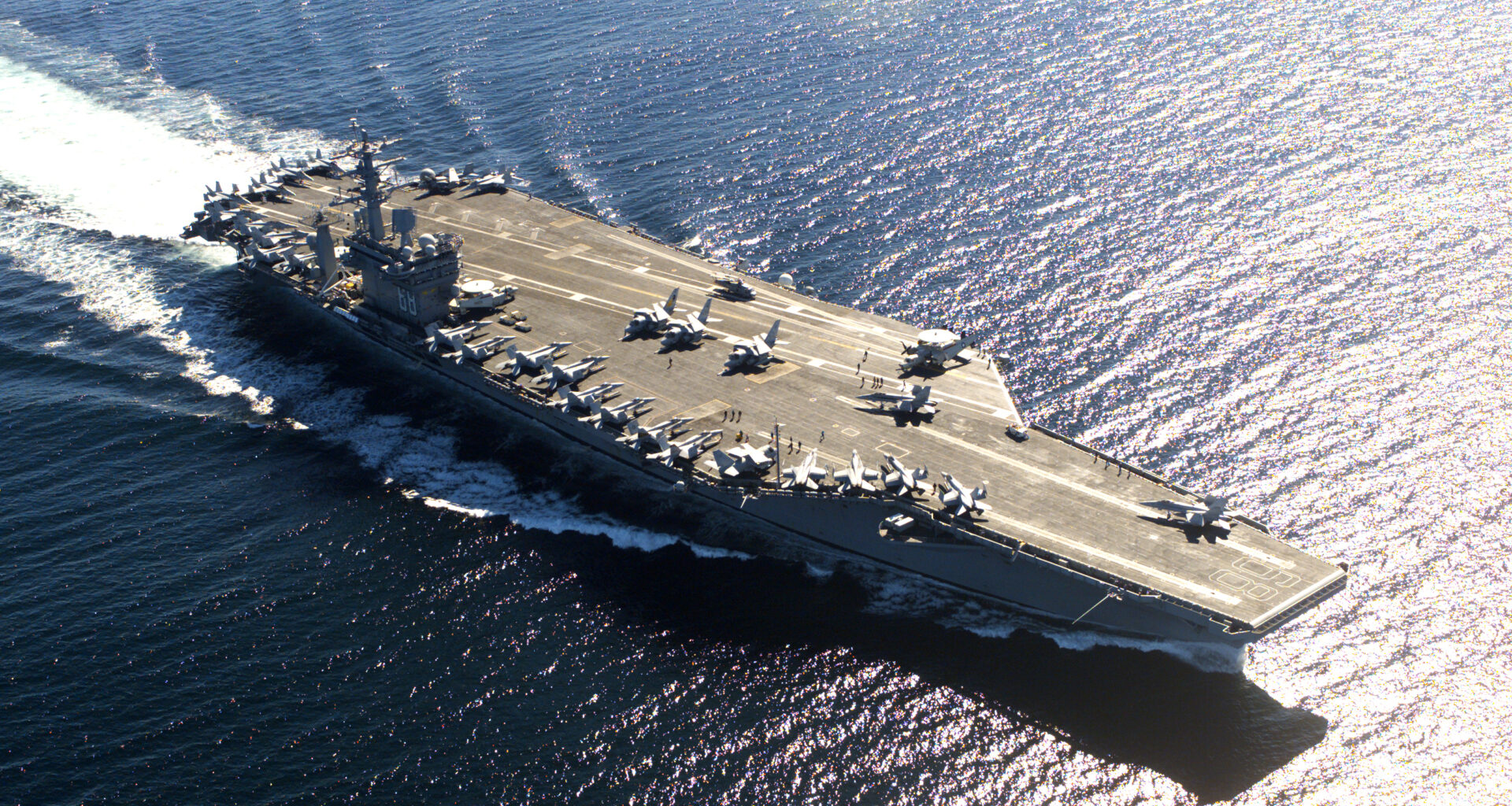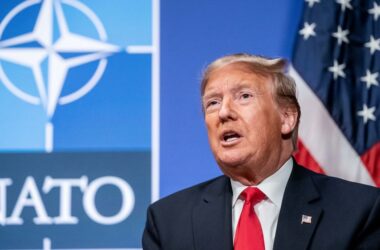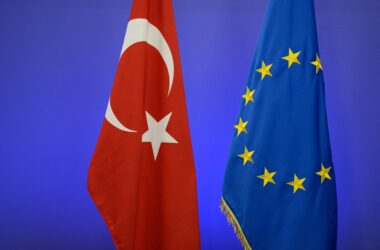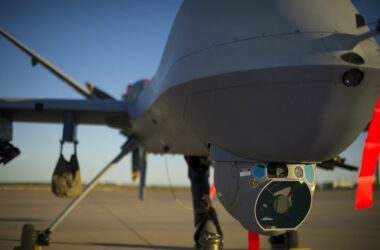In this research, we explain the Gunboat Diplomacy in international relations. This is one of the international policy methods. It also describes the importance of sea power. Led by warships, Gunboat Diplomacy has been used in many political affairs throughout history. I used internet research, books, and government statements in this research.
Key Words: Gunboat Diplomacy, war in sea, warship, diplomatic relations, wars, Don Pacifico
Gunboat Diplomacy is a western term. It is widely used by Europe and the United States. Gunboat diplomacy is diplomacy in which states powerful on the sea force weak states to make concessions as a result of their pressure with warships. In the 19th century, if states were struggling with a western power, they could see western war fleets on their shores. The mere presence of such a force is enough to frighten and suppress countries.
History of Gunboat Diplomacy
In the 19th century, powerful western states realized the importance of sea power. European countries started to put pressure on their naval power during negotiations with other countries. James Cable, a navy thinker, described the nature of battleship diplomacy. He divided this concept into four in his studies.
- Definitive Force: the use of warship diplomacy to quickly create or remove an event.
- Expressive Force: using naval fleets to send a political message, but this aspect of diplomacy has been underestimated and almost rejected.
- Purposeful Force: the application of the naval force to change the policy or attitude of the government or group being targeted.
- Catalytic Force: a mechanism designed to open up a space for policy makers to think to give more options.
The Don Pacifico incident in 1850 is an example of gunboat diplomacy.
Don Pacifico Affair
David Pacifico was a citizen of Great Britain and Consul General of Athens. Greek Orthodox living in Athens in 1847, as they do every year, on the streets Hz. While preparing to celebrate Easter by burning the figure of Judas Iscariot, who betrayed Jesus, Greece blocked the demonstration. Angered by this, the people attacked Pacifico’s mansion and attacked his children and wife. Their reason was that Pacifico was Jewish. Pacifico sought compensation of 26,000 pounds sterling. The Greek Government failed to pay it. The British Royal Navy began a “peaceful” blockade. The British aim was to compensate Pacifico by putting pressure on the Greek Government. As a solution, Britain wanted to seize the Greek ships, but the Greek Government, with few warships, did not want to give them. The British Navy began seizing Greek Merchant ships. This event is one of the main examples of gunboat diplomacy.
Modern Gunboat Diplomacy
In the post-Cold War world, gunboat diplomacy is still heavily dependent on naval forces due to the enormous naval power of the US Navy. US governments frequently change the positions of large naval fleets to influence ideas in foreign capitals. They have also played an effective role in AWACS[1] aircraft in modern gunboat diplomacy. Thanks to the AWACS aircraft used on the sea, states can be immediately informed of most events occurring on the sea. Tomahawk missiles and AWACS aircraft were used extensively during the bombing of Yugoslavia. Also, Henry Kissinger[2] said, “An aircraft carrier is 100,000 tons of diplomacy.”
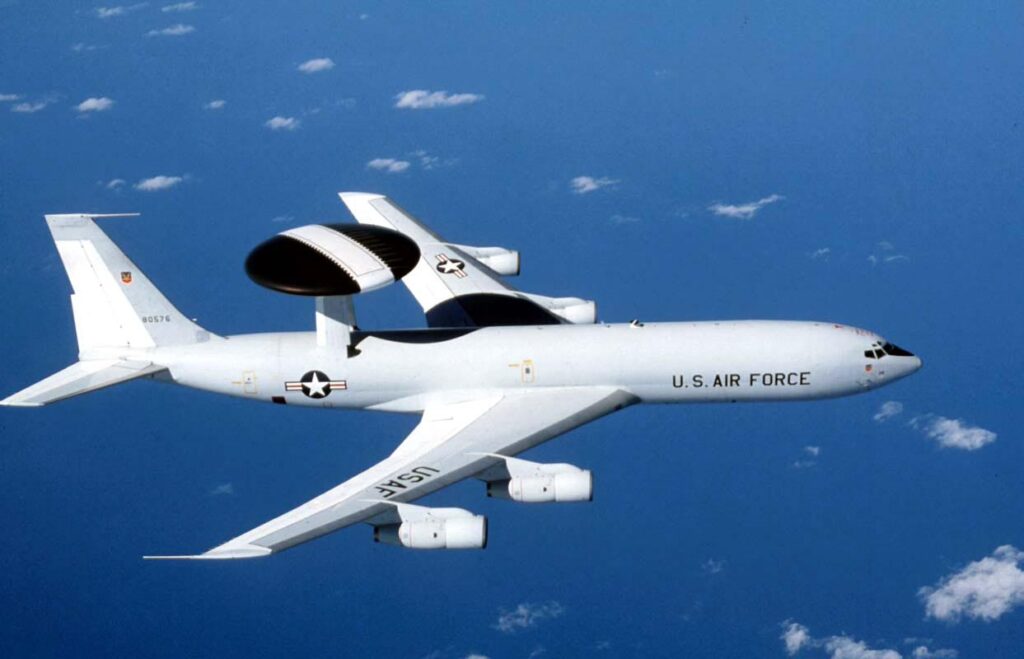
Britain’s Gunboat Strategy
When the “Industrial Revolution” occurred in England in the 18th and 19th centuries, most things started to change, especially in England and other European countries. This change was reflected in the seas. England, an island country, was very strong in the seas. The British later started building steamships. The ships that are testing the developing technology have now begun to anchor. Britain first tried the Gambit Strategy on the Ottoman Empire.
France of the period showed its superiority in Europe with the agreements and conquests it made. Britain was uncomfortable with this situation. France, on the other hand, now saw England as its only enemy.
The French Government wanted a landing in England, and they would give this task to Napoleon. The French government saw that another expedition to Egypt would be beneficial and launched the expedition. But the French failed at the expedition. Britain learned a lesson from this attack, and if Napoleon had won this expedition, the situation would have been very bad for England.
Britain wanted to distance the Ottomans from the French because they did not want such an event to happen in the region again and the Ottoman was a state that could fight directly in Europe. Even if he knew he wouldn’t win, he could at least keep the Austrian and Russian armies off.
In February 1807, England sent a fleet of 11 ships under Admiral Sir John Duckworth to Istanbul. Britain aimed to bring the Ottomans to its knees through weapons and threats. Thus, Britain began to test the Gunboat diplomacy on the Ottoman Empire.
Turkey’s Gunboat Strategy
When we look at some of the application examples of gunboat diplomacy in the world, countries that want to have power need to increase the power of their navies. This power can turn into a diplomacy key for the country in question. Turkey participated in naval exercises been able to show that this power. Turkey’s East Mediterranean policy in recent years is an example of the gunboat. Turkey is pursuing a policy in which the warships in the Eastern Mediterranean to hold a competition for energy. It uses warships for the protection of drilling and search ships sent to the region. Mavi Vatan[3] and Deniz Kurdu[4] exercises with Turkey has used gunboat diplomacy. As a result of the drills, Italian and French companies stopped drilling activities in the region. Turkey is the response of many countries in the region with this policy.
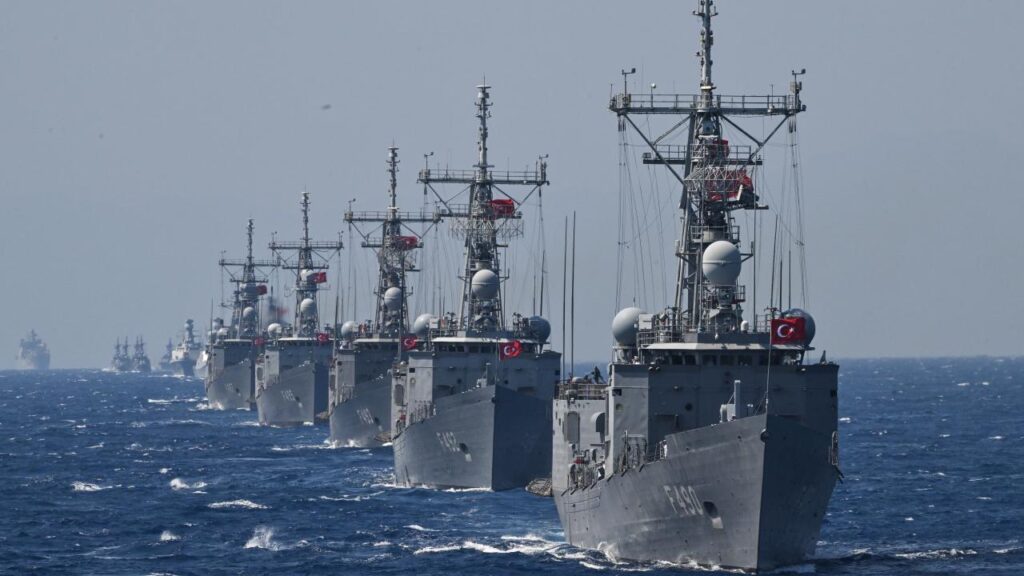
Conclusion
Western states such as the USA and Britain, which effectively apply Gunboat Diplomacy, have aimed to do what they want by sea power. They also had the opportunity to direct the policies of the target state to a certain extent in line with their wishes. The UK’s Gambot Policy has helped the development of this policy. The strengthening of the ships by the anchoring has been the golden item of this policy. This development, which started in the industrial revolution, spread all over the world in a short time and led to the more frequent implementation of the gunboat policy. If Turkey Black Sea, the Aegean Sea and to protect the rights and interests of the Republic of Turkey, especially the Mediterranean method uses the gunboat diplomacy.
References
1. Cable, J.(1970). Gunboat Diplomacy: Political Applications of Limited Naval Force. New York: Praeger.
2. İnanç, Gül. (2012). Gunboat Diplomacy: Turkey, USA and the Advent of the Cold War
3. Mandel, Robert. (1986). The Effectiveness of Gunboat Diplomacy
4. Güler, G. (2020). Gambot,Sismik,Sondaj ve Hukuk Diplomasisi.
5. Whitten, Dolphus Jr. (1986) The Don Pacifico Affair
6. D. Taylor, Lawrence. (1996) Gunboat Diplomacy’s Last Fling in the New World: The British Seizure of San Quintin, April 1911
[1] AWACS: Airborne Warning and Control System
[2] Henry Kissenger: United States Secretary of States
[3] Mavi Vatan (Blue Homeland): The doctrine is covering the seas of Turkey. Created by the Chief of Staff of the Turkish Navy Commander Cihat Yaycı.
[4] Deniz Kurdu (Sea Wolf): Aegean, Mediterranean and large naval exercise conducted simultaneously by the Republic of Turkey in the Black Sea.


